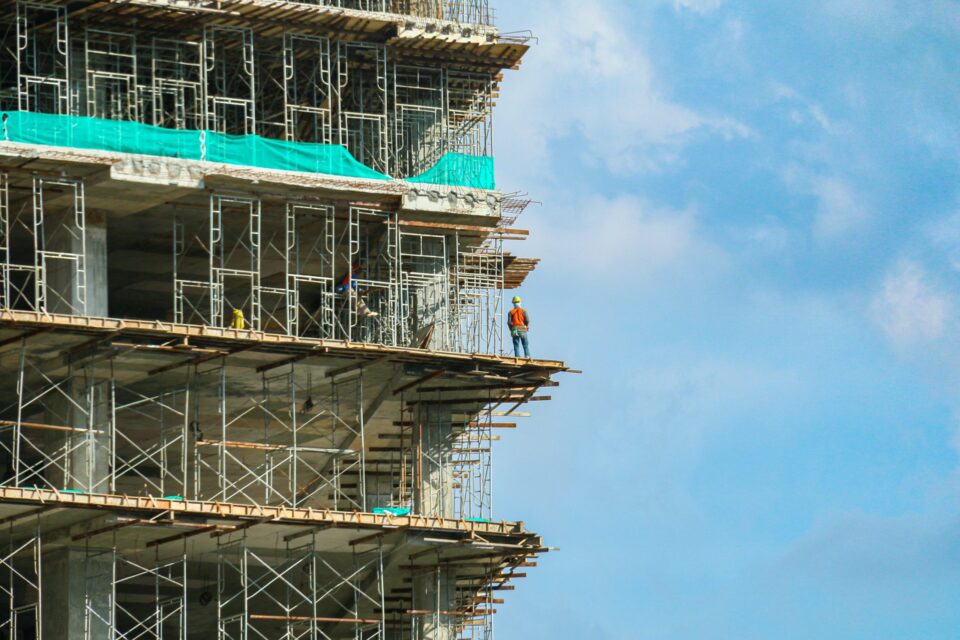KUALA LUMPUR, Jan 9 — The unit price index of cement rose 1.5 per cent in December 2022 from November 2022, marking the second consecutive month of increase, according to the Statistics Department (DOSM).
In a statement today, chief statistician Datuk Seri Dr Mohd Uzir Mahidin said the higher price of coal was among the reasons for the increase, as coal is used as the main source of energy in the combustion process for the production of cement.
Prices of construction materials such as bricks and walls, plumbing materials and paints also recorded an increase for all areas of Peninsular Malaysia, Sabah and Sarawak, he said.
Citing an International Energy Agency (IEA) report, DOSM said coal markets were severely affected last year, with traditional trade flows disrupted and prices soaring. The IEA projected demand to grow by 1.2 per cent to hit an all-time high in 2022, surpassing 8 billion tonnes for the first time.
“With demand expected to remain at similar levels in the next few years, coal prices will continue to rise in 2023 with demand expected to remain flat at that level through 2025 as declines in mature markets are offset by continued robust demand in emerging Asian economies,” said Mohd Uzir.
Meanwhile, the unit price index of steel recorded a slight drop of 0.4 per cent compared with November 2022.
“The decrease in the price index of steel was in line with the decline in the prices of the world’s main commodities such as iron ore and steel at the global level,” he said.
According to Trading Economics data, steel prices are expected to continue to decline as contraction and high credit risk in the real estate sector in China would in turn reduce demand for construction and industrial inputs that use the material.
“Nevertheless, there is still uncertainty in the market, which may put continuous pressure on the price of steel,” said Mohd Uzir.
A year-on-year (y-o-y) comparison of the unit price index on building materials recorded increases of between 1.8 and 11.8 per cent in December 2022 against a year earlier.
The unit price indices for steel as well as steel and metal sections grew by 1.8 per cent and 8.4 per cent y-o-y, respectively.
He noted that the average price per unit of steel consisting of mild steel round bars and Mycon 60 high tensile deformed bars was RM3,576 per metric tonne, down 0.6 per cent compared to November 2022’s RM3,599.34 per metric tonne.
The average price of cement (Ordinary Portland) edged up 0.3 per cent to RM20.95 per 50 kg as compared to RM20.88 per 50 kg in the previous month.
Meanwhile, the average prices of aggregates and sand remained unchanged at RM41.14 per metric tonne and RM36.30 per metric tonne, respectively.
However, on an annual basis, the average prices of steel and cement climbed by 10.2 per cent and 9.0 per cent, respectively.
Meanwhile, the Building Materials Cost Index (BCI) (without steel bars and including steel bars) for all building categories in Peninsular Malaysia increased by between 0.5 and 1.7 per cent in December 2022 from the previous month.
The highest index increase was for five-storey and above (reinforced concrete) building (for accommodation) in Selangor, Kuala Lumpur, Melaka, dan Negeri Sembilan.
For Sabah, the BCI (without steel bars and including steel bars) showed an increase for almost all construction categories of between 0.2 and 2.6 per cent in December 2022 against the previous month.
The highest index increase was Piling (Reinforced Concrete) in Tawau.
Meanwhile, the BCI (without steel bars and with steel bars) in Sarawak rose by 2.4 to 2.6 per cent for almost all building categories.
A y-o-y comparison showed increases in the BCI with steel bars for all areas in Peninsular Malaysia, Sabah and Sarawak.
The building category that recorded the highest increase in Peninsular Malaysia was in Selangor, Kuala Lumpur, Melaka, and Negeri Sembilan, for five-storey and above (reinforced concrete) buildings (for accommodation).
The building category that saw the largest increase in Sabah was piling (reinforced concrete) in Sandakan, while in Sarawak, it was timber building in Sibu.
DOSM also released economic and social statistics, namely PocketStats, contaning quarterly and annual statistics that can be obtained from the DOSM portal or via the link https://bit.ly/PocketStatsQ1_2022.
— Bernama





